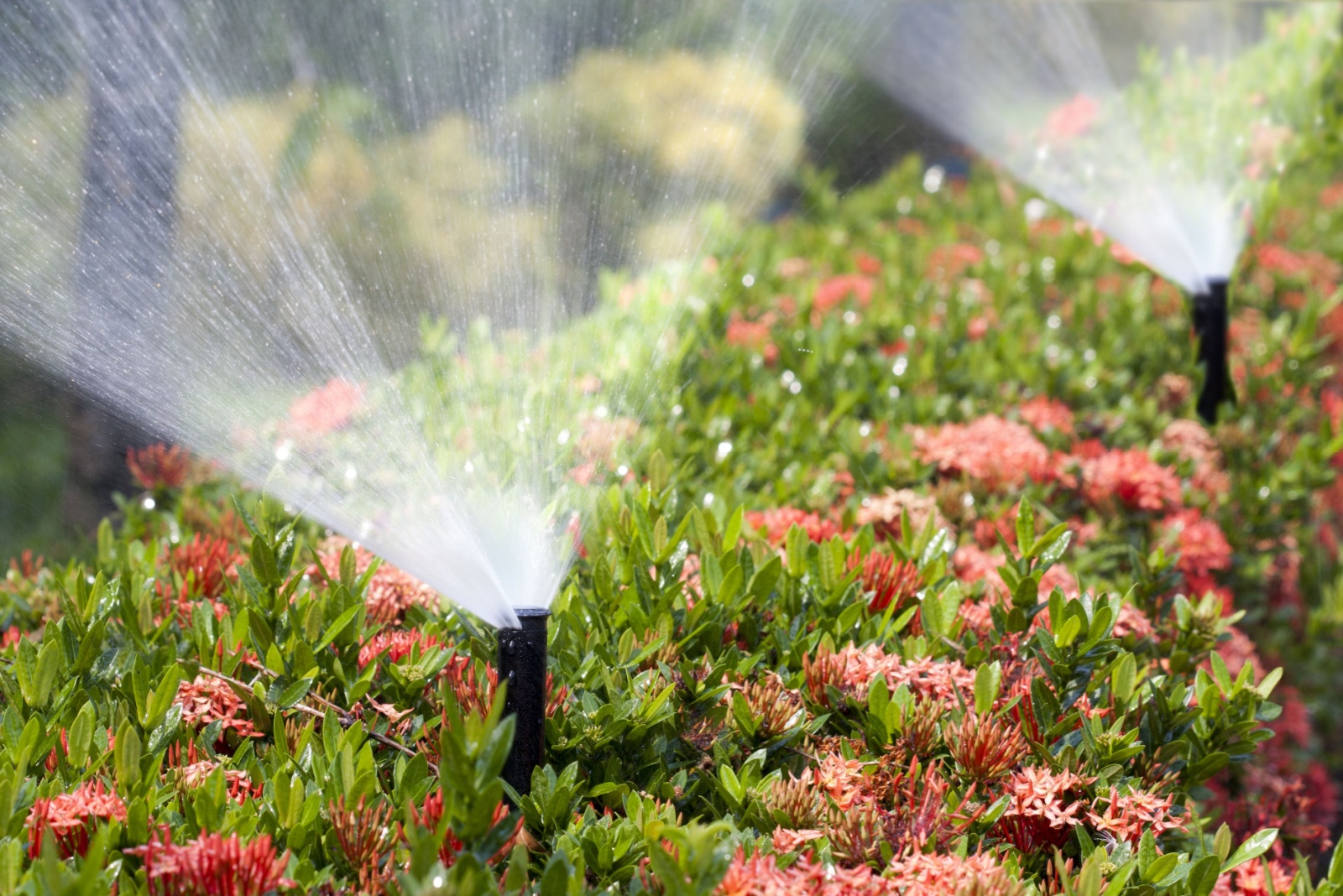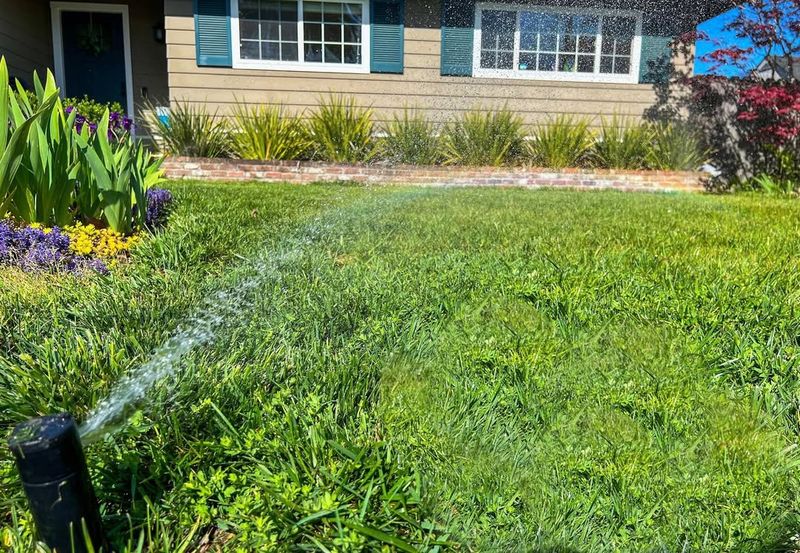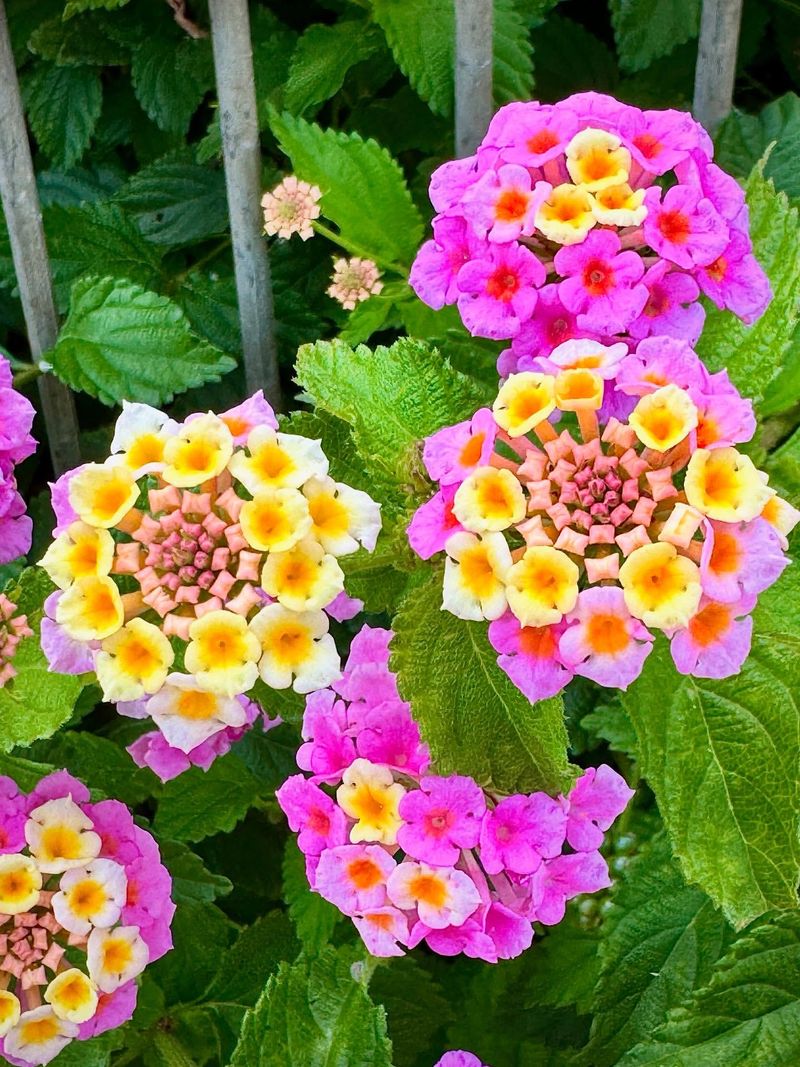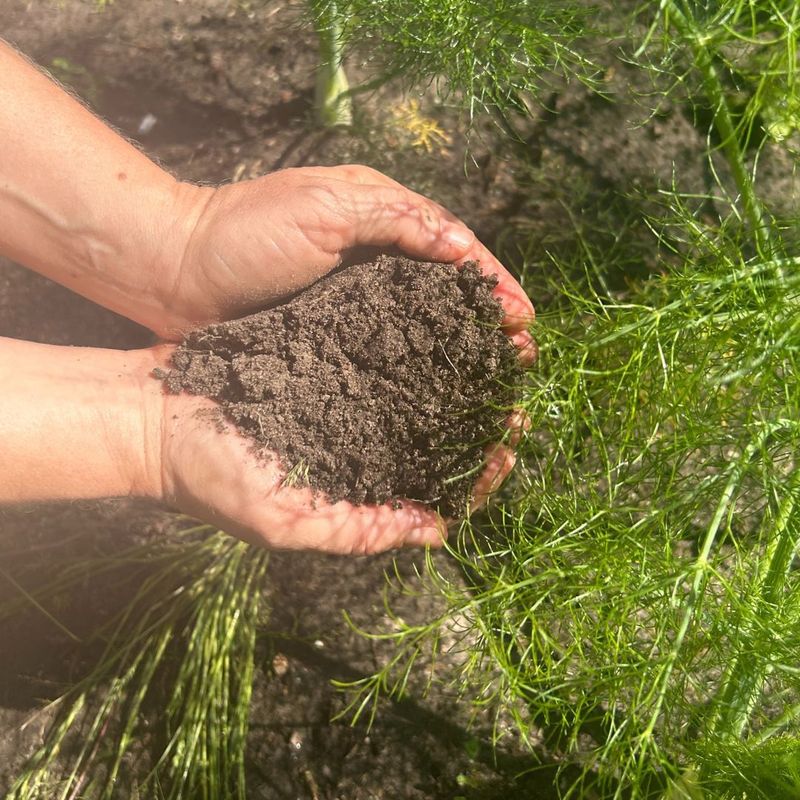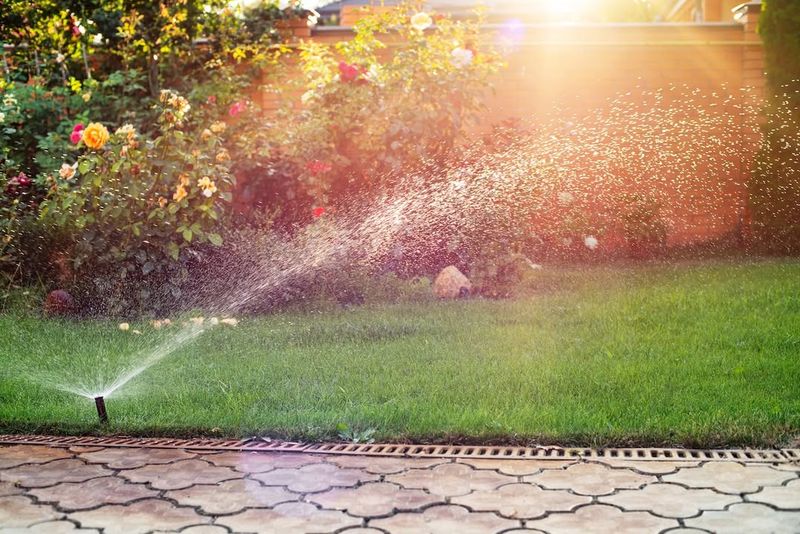California’s ongoing drought and environmental concerns are changing how homeowners maintain their yards. New laws and regulations aim to conserve water and protect local ecosystems.
Many traditional yard features we’ve grown up with might soon become relics of the past as the state pushes for more sustainable landscaping.
1. Thirsty Green Lawns
Traditional grass lawns drink up massive amounts of water in a state where every drop counts. California’s water conservation efforts target these water-guzzlers first.
Many counties already restrict watering schedules and lawn sizes. The future likely holds complete bans on new lawn installations and requirements to replace existing ones with drought-tolerant alternatives.
2. Water-Hungry Swimming Pools
Backyard pools have long been a symbol of California living, but they’re falling out of favor with regulators. Each pool loses thousands of gallons yearly through evaporation alone.
New regulations may limit pool construction or require expensive covers and recycling systems. Some communities have already implemented special permits and higher fees for pool owners as water becomes increasingly precious.
3. Non-Native Ornamental Plants
Those beautiful imported flowers and shrubs might soon face strict limitations. Many non-native ornamentals require excessive watering and can become invasive, threatening local ecosystems.
California is increasingly promoting native plant gardens that support local wildlife and require minimal resources. Future regulations might ban certain species entirely or limit the percentage of non-native plants allowed in residential landscapes.
4. Large Concrete Patios
Expansive concrete surfaces create serious environmental problems by preventing rainwater from soaking into the ground. This increases flooding and reduces groundwater recharge.
New rules already limit impermeable surfaces in some areas. Homeowners may soon face requirements to remove existing concrete or replace it with permeable alternatives like gravel or special pavers that allow water to flow through.
5. Outdoor Fire Pits
Gathering around a backyard fire pit might become a thing of the past. With California’s wildfire crisis worsening yearly, outdoor burning poses too much risk in many areas.
Local fire departments have already banned open flames during high-risk periods. Permanent restrictions on wood-burning fire features seem inevitable, with gas-powered alternatives facing scrutiny too as the state pushes for electrification.
6. Chemical Fertilizers And Pesticides
The days of freely applying chemical treatments to your yard are numbered. These substances run off into waterways, harming aquatic life and contaminating drinking water sources.
Several California communities have already restricted common lawn chemicals. Statewide bans on the most harmful products are likely coming soon, forcing homeowners to adopt organic gardening methods or professional services using approved alternatives.
7. Artificial Turf
Once promoted as a water-saving alternative to real grass, artificial turf is falling from favor. These plastic surfaces create heat islands, leach microplastics into soil, and provide zero habitat value for wildlife.
Several California cities have already limited fake grass in front yards. Future regulations may prohibit it entirely or restrict its use to small areas, pushing homeowners toward truly natural low-water landscaping options.
8. Wasteful Irrigation Systems
Old-fashioned sprinklers that spray water into the air waste up to 50% through evaporation and runoff. California simply can’t afford such inefficiency anymore.
New building codes already require efficient irrigation in new construction. Existing homes may soon face mandates to upgrade to drip systems or smart controllers that adjust watering based on weather conditions and soil moisture.
9. Outdoor Lighting Pollution
Bright landscape lighting disrupts wildlife and wastes electricity. Animals like birds, insects, and nocturnal mammals suffer when their natural darkness is stolen by our decorative lights.
New dark-sky ordinances are spreading across California communities. Future regulations might limit brightness levels, require motion sensors, or mandate lights that point downward only, protecting both wildlife and our view of the stars.
10. Gas-Powered Yard Equipment
The distinctive sound of gas mowers and leaf blowers is fading away across California neighborhoods. These tools produce shocking amounts of pollution – a gas leaf blower can emit more pollutants than a car!
Several cities have already banned gas-powered equipment. The state plans to phase out sales of new gas yard tools entirely, pushing homeowners toward quieter, cleaner battery-powered alternatives that won’t disturb the peace or pollute the air.

